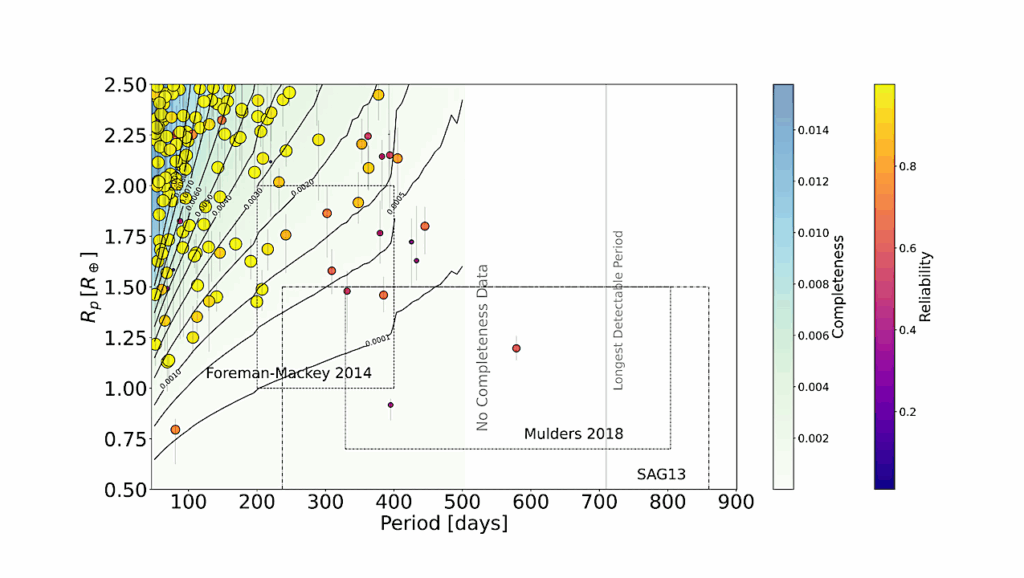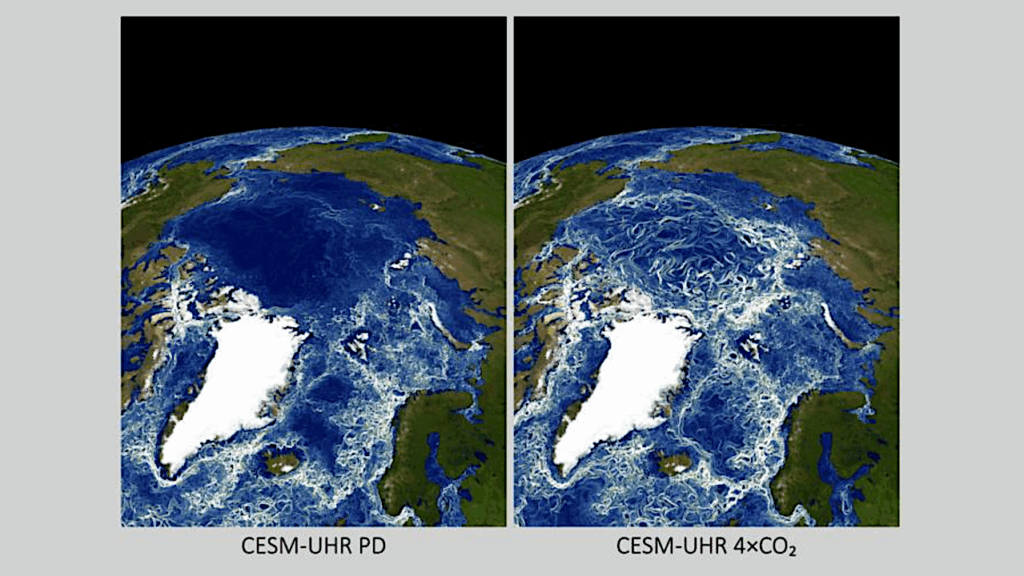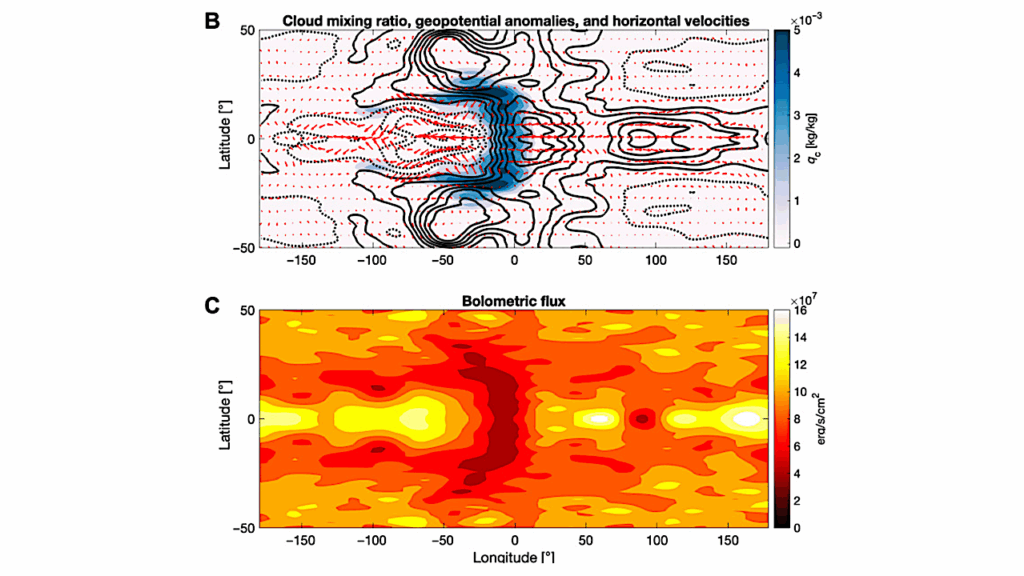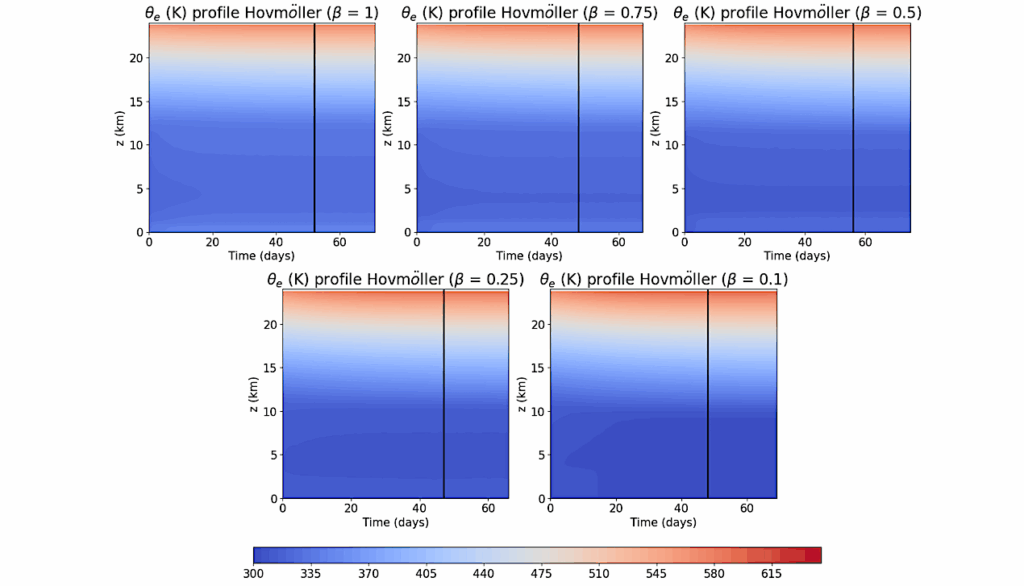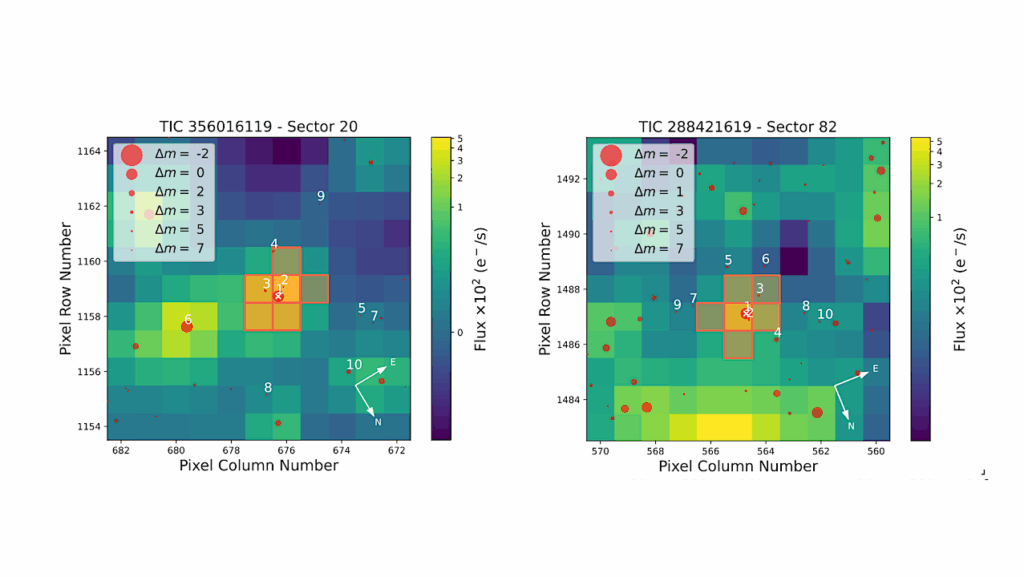Effect Of Multiple Scattering On The Transmission Spectra And The Polarization Phase Curves For Earth-like Exoplanets

It is the most appropriate time to characterize the Earth-like exoplanets in order to detect biosignature beyond the Earth because such exoplanets will be the prime targets of big-budget missions like JWST, Roman Space Telescope, HabEx, LUVOIR, TMT, ELT, etc.
We provide models for the transmission spectra of the Earth-like exoplanets by incorporating effects of multiple scattering. For this purpose we numerically solve the full multiple-scattering radiative transfer equations instead of using Beer-Bouguer-Lambert’s law that doesn’t include the diffuse radiation due to scattering. Our models demonstrate that the effect of this diffuse transmission radiation can be observationally significant, especially in the presence of clouds.
We also calculate the reflection spectra and polarization phase curves of Earth-like exoplanets by considering both cloud-free and cloudy atmospheres. We solve the 3D vector radiative transfer equations numerically and calculate the phase curves of albedo and disk-integrated polarization by using appropriate scattering phase matrices and integrating the local Stokes vectors over the illuminated part of the disks along the line of sight.
We present the effects of the globally averaged surface albedo on the reflection spectra and phase curves as the surface features of such planets are known to significantly dictate the nature of these observational quantities. Synergic observations of the spectra and phase curves will certainly prove to be useful in extracting more information and reducing the degeneracy among the estimated parameters of terrestrial exoplanets. Thus, our models will play a pivotal role in driving future observations.
Manika Singla, Aritra Chakrabarty, Sujan Sengupta
Comments: Accepted for publication in The Astrophysical Journal, 12 pages, 6 figures
Subjects: Earth and Planetary Astrophysics (astro-ph.EP); Instrumentation and Methods for Astrophysics (astro-ph.IM)
Cite as: arXiv:2301.08487 [astro-ph.EP] (or arXiv:2301.08487v1 [astro-ph.EP] for this version)
https://doi.org/10.48550/arXiv.2301.08487
Focus to learn more
Submission history
From: Manika Singla
[v1] Fri, 20 Jan 2023 09:32:19 UTC (3,504 KB)
https://arxiv.org/abs/2301.08487
Astrobiology



